Marvel Snap is special among competitive deckbuilders because of its readability, making it easy for newcomers to understand how to play within a few matches. With three locations (each with a randomly selected effect), players just need to end the game with a higher power in two of them to win. Most of the time, this leads to clear, understandable outcomes. But once in a blue moon players might end up with the same score at a location as their opponent, while splitting the other two, and the results in these ties can seem a little ambiguous.
Related: The best starter decks in Marvel Snap – Best decks to pick and play first
How the tiebreaker works in Marvel Snap
Tying at a location and splitting the other two in Marvel Snap rarely results in a true truce. Contrary to what some players might think at first, both players don’t actually see the victory or defeat screen in this event. The winner in this case is in fact determined by whoever has the higher total power across all three locations. If, by the rarest of circumstances, both players have the same total power by the end of the game as well, this would be the only way a tie would actually be awarded.
Because of this, there are some scenarios where running up the score in one location can actually be useful. While it’s usually good enough to win two locations by one point, no matter how much you lose in the third, it’s still a good idea to be as aggressive as possible in racking up power if it seems like your game might be headed toward a tie. In a lot of cases, cards that have ongoing powers (like Iron Man) or boost other ongoing cards (like Onslaught) are some of the best available options for racking up high power across the board.

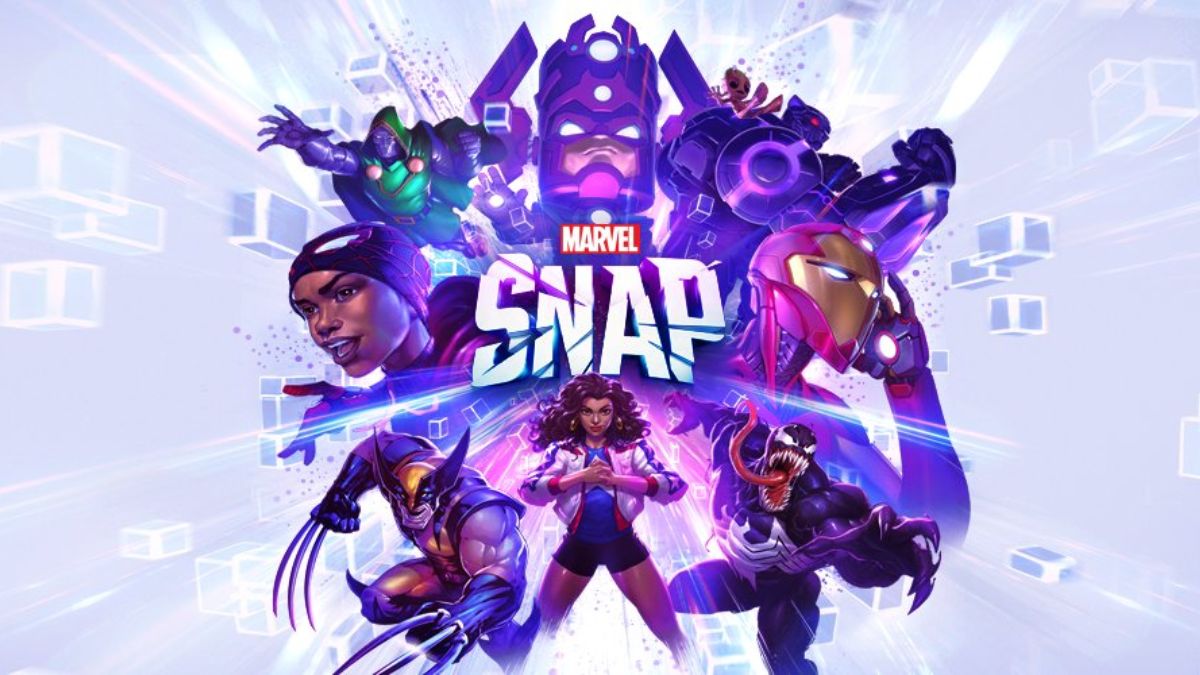
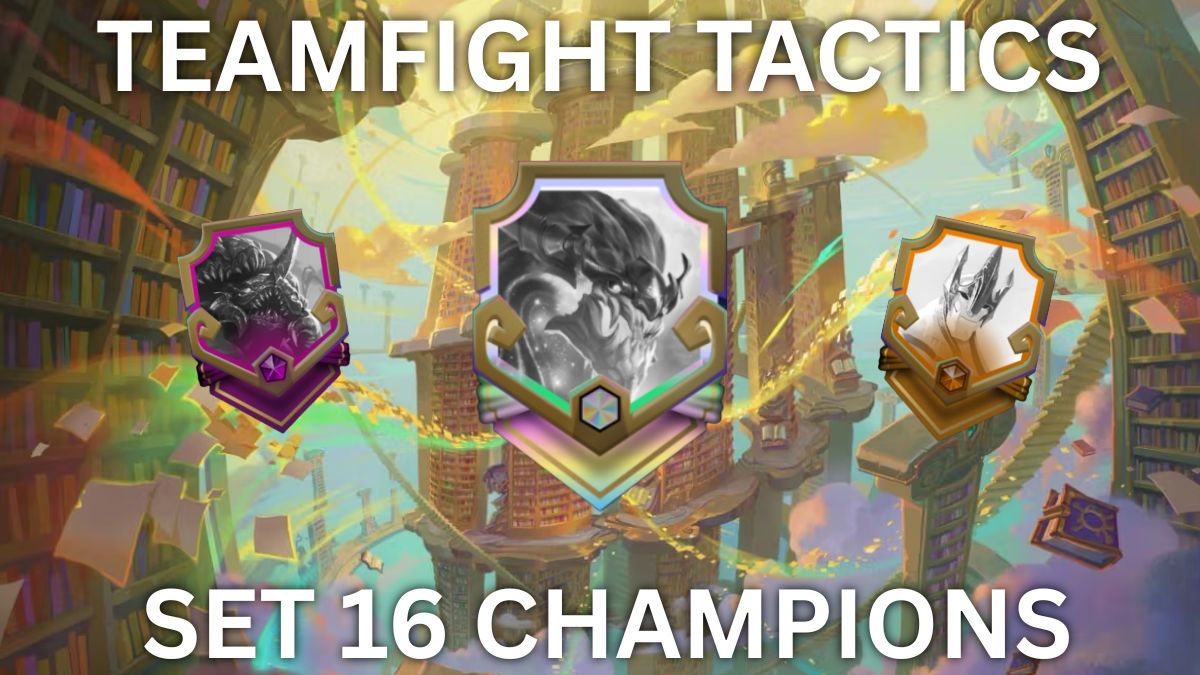
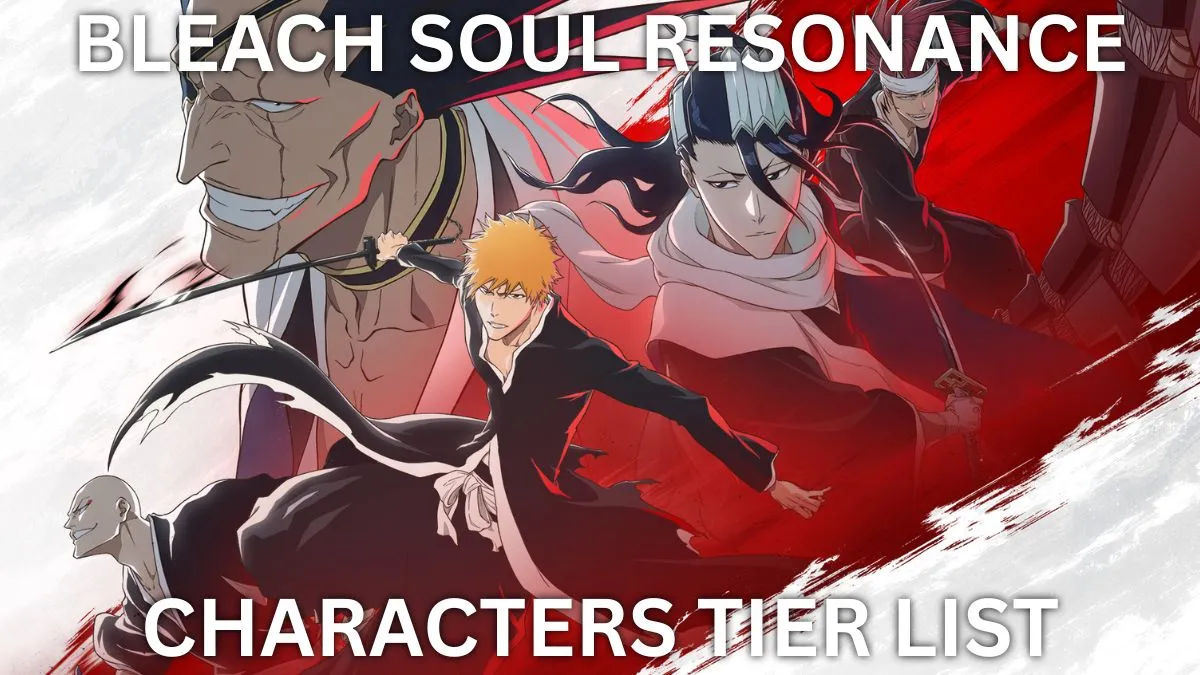
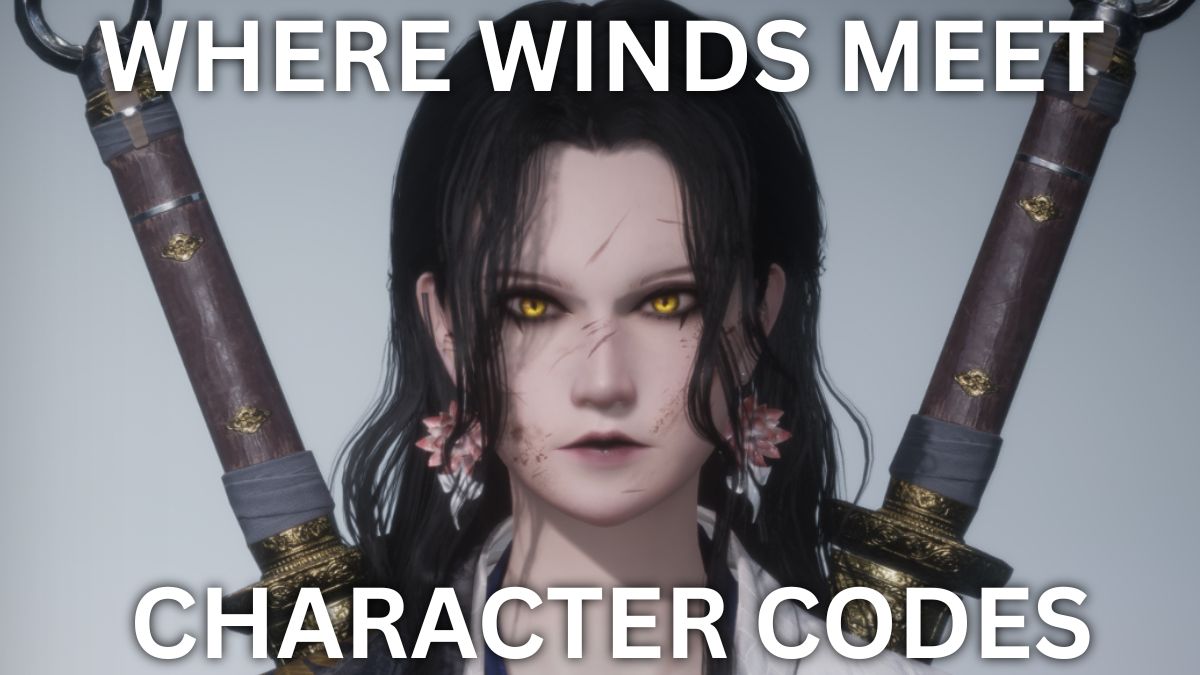
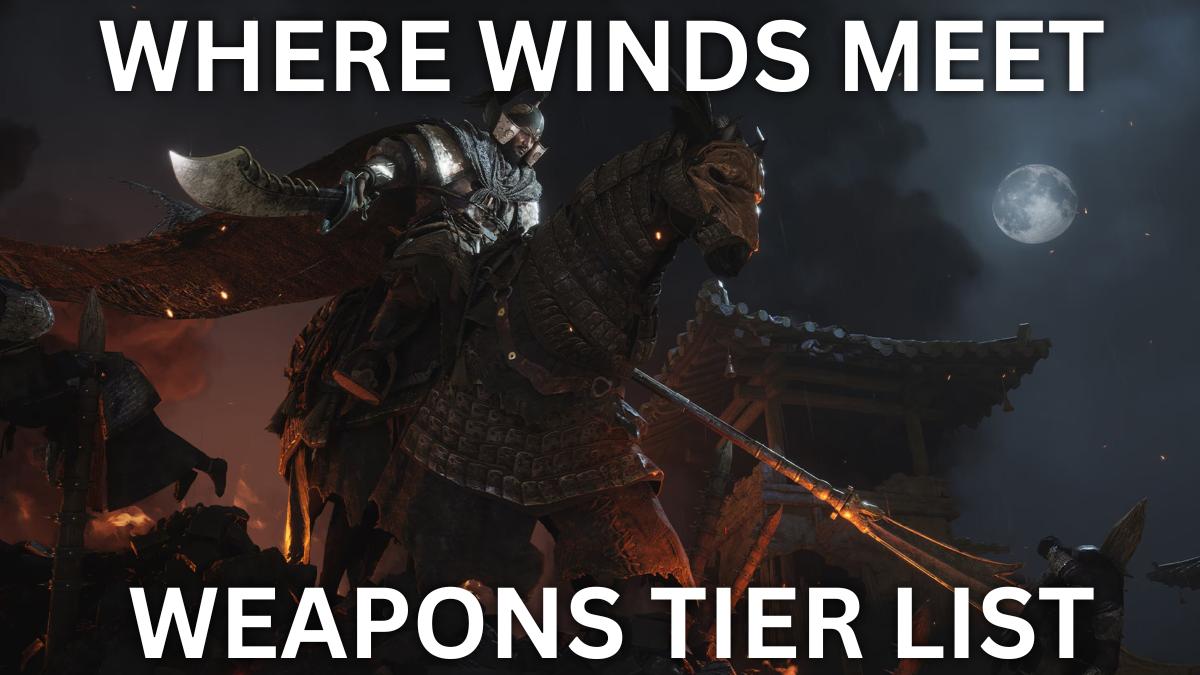
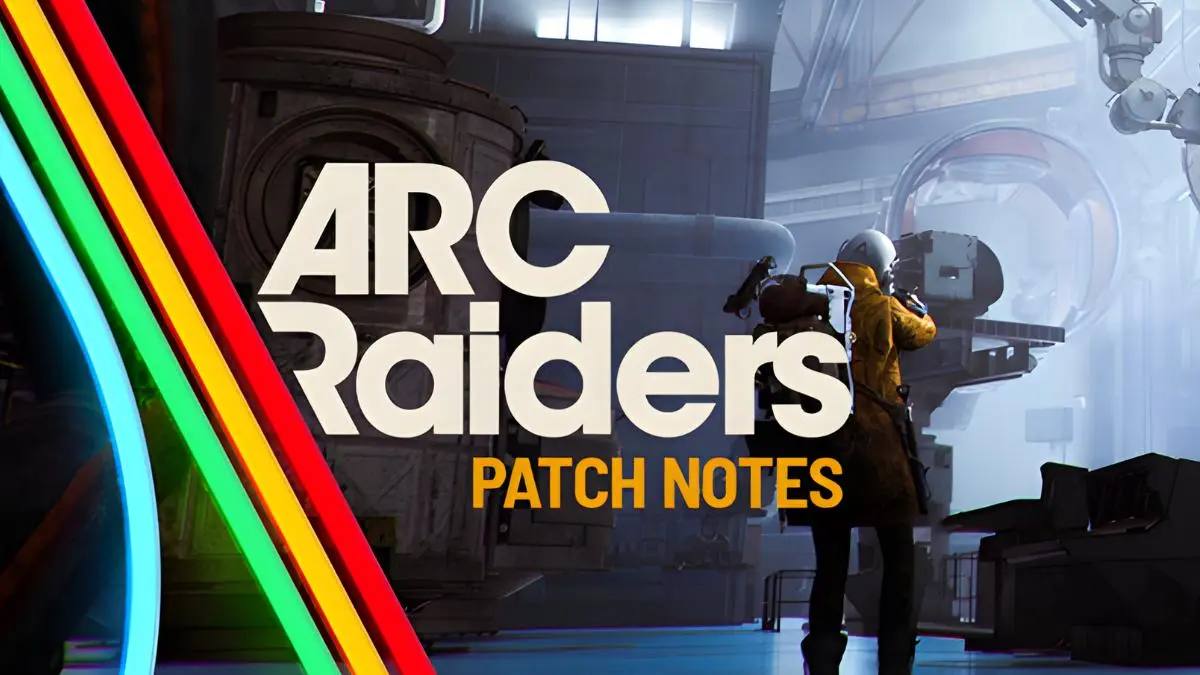
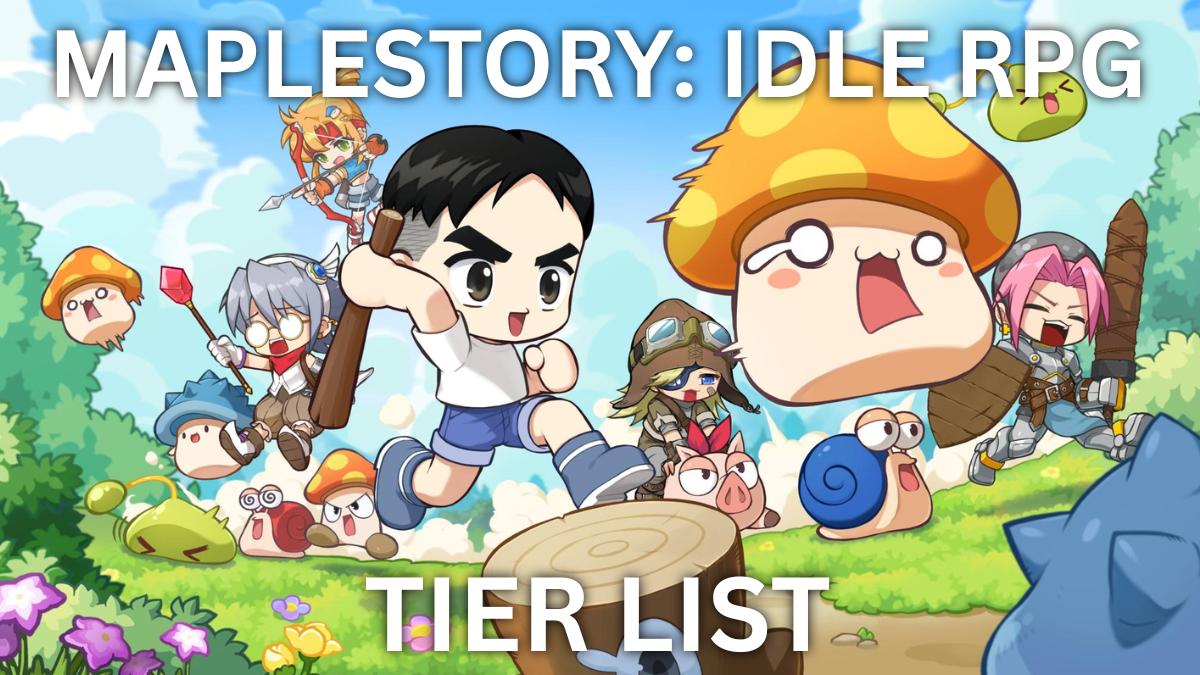
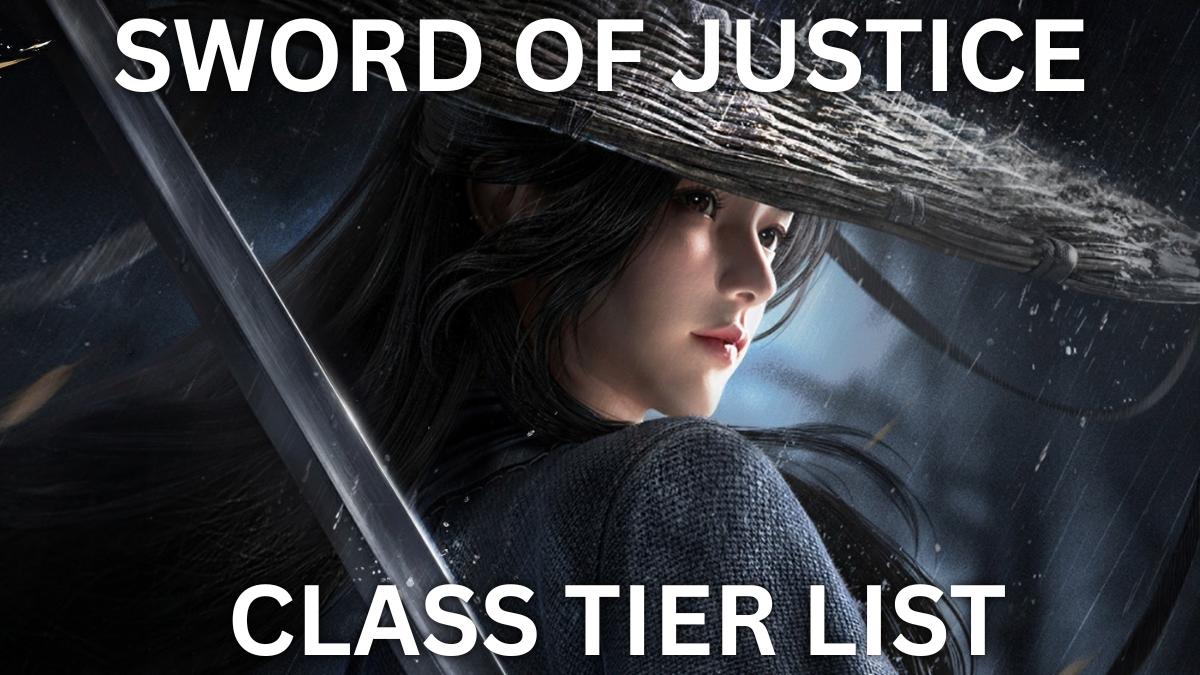
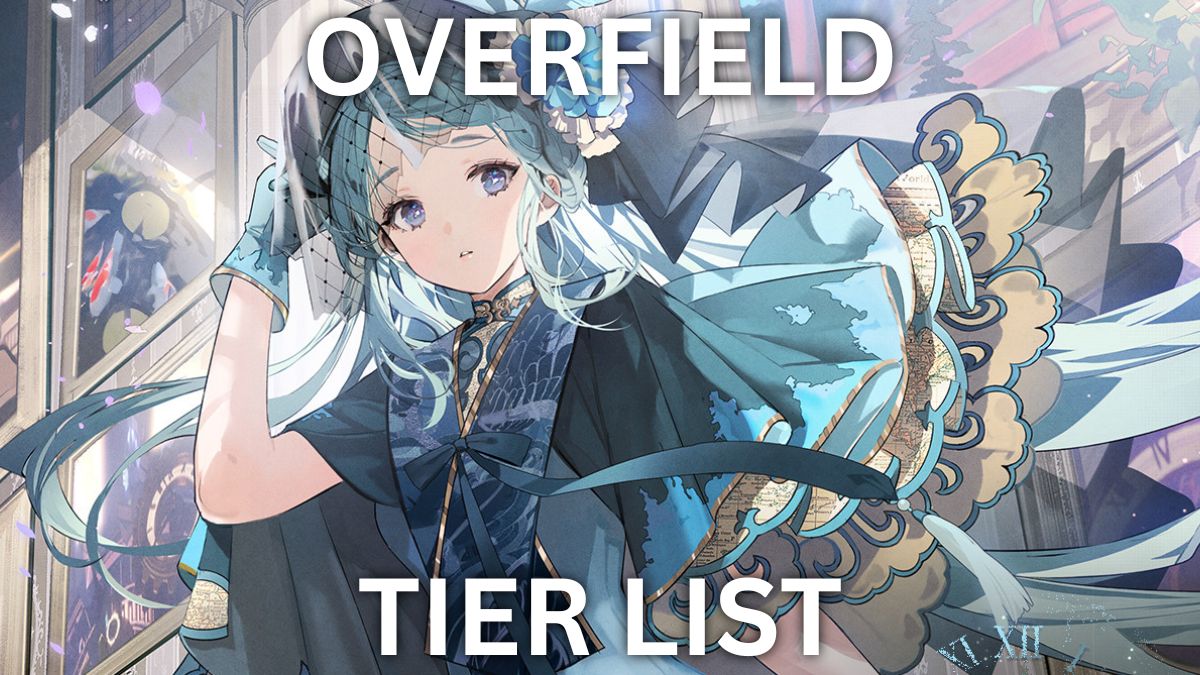
Published: Oct 28, 2022 02:16 pm